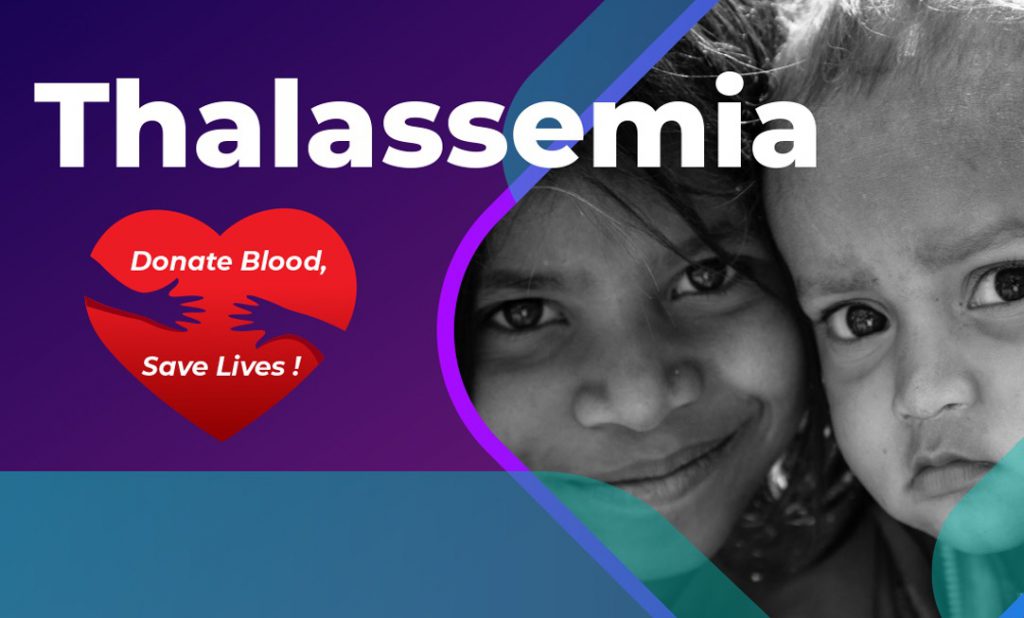Thalassemia and Iron Deficiency anemia

Inadequacy of red blood cells in the body to carry a sufficient amount of oxygen to different tissues of the body is called anemia. Thalassemia and iron deficiency anemia are two different forms of anemia which range from mild to severe. In thalassemia, the production of hemoglobin is lower than normal which at last results in fatigue. Deficiency of iron, an important mineral required for the synthesis of hemoglobin results in iron deficiency anemia. Additionally, thalassemia is more severe in many cases due to its property of inheritance as compared to anemia caused by iron deficiency. Iron deficiency anemia is different from thalassemia as the former does not have severe consequences while the latter can have mild to severe results.
Thalassemia:
An inherited disorder caused due to restricted synthesis of oxygen-carrying pigment in the body of an individual. As we are saying inherited, it means the genes from parents are passed from parents to the offspring. Hemoglobin is synthesized in the inadequate amount due to which red blood cells are not formed properly and they are short-lived. This leads to a shortage of red blood cells in the bloodstream of an individual which in turn affects the supply of oxygen. A decline in oxygen supply leads to shortness of breath and frequent tiredness. These are the symptoms of anemia.
Thalassemia is usually classified into two types: Thalassemia minor and Thalassemia major. As the name suggests, minor indicates that the anemia symptoms are mild while major indicates severe symptoms of anemia. Hemoglobin protein is made up of alpha and beta chains. Improper or low synthesis of alpha chain indicates alpha thalassemia and less or low synthesis of beta chain shows beta-thalassemia.
Fatigue, weakness, slow growth, and development of the child and dark urine are certain symptoms of thalassemia that can be visualized in an individual. These symptoms can be seen during the early developmental stages of the baby.
Role of Genetic testing in thalassemia:
Detection of thalassemia using genetic testing has revolutionized the field of diagnostics. Genetic testing can identify the presence of this inherited disorder during prenatal diagnosis.
This diagnostic method screens the genome of an individual and searches for mutated genes pertaining to thalassemia. Identification of mutated genes during prenatal stages or even during the early stages of growth of the baby can help the doctors in designing efficient strategies for the treatment and management of the disease.
Genes2Me, one of the thought leaders in the field of genetic testing has a specific screening panel for testing thalassemia. The testing panel screens mutation in the HBB genes which are responsible for the production of hemoglobin. Even pre and post-testing, genetic counseling sessions are provided to help the person in understanding the reports obtained through the testing process. Early intervention can help you in the treatment and cure of the disease.
Follow Genes2Me for updates on thalassemia diagnostics. You can visit our website www.genes2me.com for any queries and more details.

One Reply to “Thalassemia and Iron Deficiency anemia”